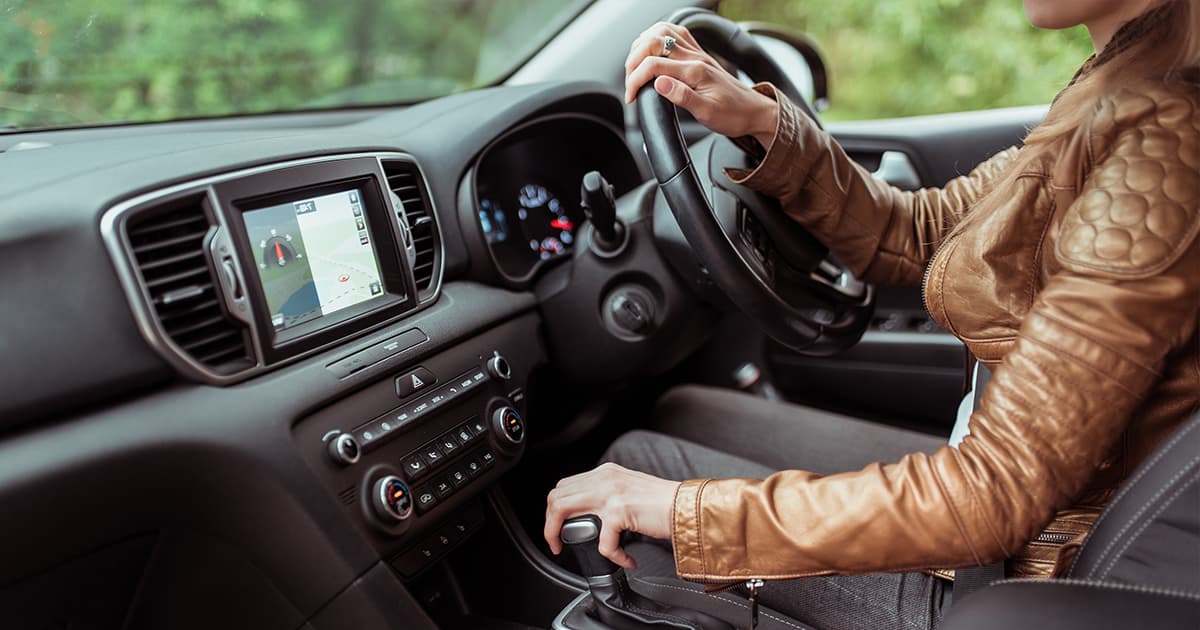How to Insure a Right-Hand Drive Car

Considering driving a right-hand drive (RHD) vehicle in Canada? Can you get car insurance for your right-hand drive car? The short answer is yes.
Before you order your right-hand drive car, there are a few things you’ll need to know about car insurance, legal considerations, safety, and practical tips for a safe and smooth driving experience.
What is right-hand vehicle insurance?
Right-hand vehicle insurance refers to insurance coverage for vehicles that are manufactured with right-hand drive (RHD).
In some countries, such as the United Kingdom, India, Japan, and Australia, vehicles are commonly designed with the steering wheel on the right side of the car (the passenger side on our Canadian vehicles), as opposed to the left side.
Insurance for right-hand drive vehicles is not fundamentally different from insurance for left-hand drive vehicles. It includes standard coverages such as liability insurance, collision insurance, comprehensive insurance, and other optional coverages as add-ons.
The cost of your RHD car insurance policy will be influenced by a few factors such as where you live, how long you’ve been licensed, your driving and insurance record, the type of car and use.
For drivers who have been licensed for 10 or more years and have a clean driving record, rates for right-hand drive vehicles can be higher than what you would pay for most North American left-hand drive vehicles.
What vehicles require this kind of car insurance?
Some common examples of right-hand drive vehicles include:
- Toyota Corolla: The Toyota Corolla is one of the best-selling cars globally and is available in both left-hand and right-hand drive configurations.
- Nissan Skyline: This sports car is popular in Japan and is often seen in right-hand drive.
- Land Rover and Range Rover: These iconic British SUVs are often found in right-hand drive, especially in the United Kingdom and sometimes in Canada
- Subaru Impreza: Subaru is known for producing many right-hand drive vehicles, and the Impreza is a popular choice in this configuration.
- Mitsubishi Pajero: This off-road SUV is often found in right-hand drive.
- Jeep Wrangler: While most Jeeps are left-hand drive, the Wrangler can be ordered in a right-hand drive configuration in some markets.
- Mini Cooper: The British-made Mini Cooper is available in both left-hand and right-hand drive versions.
- Honda Civic Type R: The high-performance Honda Civic Type R is offered in right-hand drive.
- Suzuki Swift: The Suzuki Swift is a compact car available in both left-hand and right-hand drive versions.
- Land Cruiser Prado: Toyota's Land Cruiser Prado, a popular SUV, is often available in right-hand drive.
If you're a Canadian considering purchasing or driving a right-hand drive (RHD) vehicle, there are several important things you should know:
Importing RHD vehicles: Before you buy an RHD vehicle, you should check if it's legal to import it into Canada. Importing a vehicle from another country requires compliance with Canadian regulations and standards, including safety and emissions requirements. You'll need to ensure the vehicle meets Transport Canada's standards and obtain the necessary permits.
Insurance: Double-check that you can obtain insurance coverage for your RHD vehicle. Some insurance companies may be less familiar with RHD vehicles, so it's a good idea to shop around and find an insurer that is willing to provide coverage for your specific vehicle.
Registration and licensing: When you purchase an RHD vehicle, you'll need to register it with your provincial or territorial motor vehicle agency and obtain the appropriate license plate. You may need to provide documentation proving the vehicle's roadworthiness and compliance with Canadian safety and emissions standards.
Parts and repairs: The availability of parts and repair services for RHD vehicles is more limited than for left-hand drive (LHD) vehicles. Before buying an RHD vehicle, consider the potential challenges of sourcing parts and getting repairs done. Double-check that there are mechanics or shops in your area experienced with RHD vehicles, especially if the vehicle is not a common make or model.
Visibility and driving considerations: Driving an RHD vehicle in Canada means that you'll be sitting on the right side of the car, which can affect your visibility when passing other vehicles or making left turns. Take some time to get used to this change and exercise caution, especially in situations where visibility is crucial.
Safety features and regulations: Ensure that the RHD vehicle you're interested in meets Canadian safety and environmental regulations. This includes having features like daytime running lights, airbags, and child safety seat anchor systems if required.
Resale value: Keep in mind that RHD vehicles have a more limited appeal to potential buyers in the future. This affects the resale value of your vehicle.
Customs and duties: If you're purchasing an RHD vehicle from another country, be aware of any customs duties, taxes, and fees that may apply when importing the vehicle into Canada.
Before making a decision, it's a good idea to consult with your provincial or territorial motor vehicle agency, as well as the Canada Border Services Agency, for specific requirements related to RHD vehicles in your area.
Additionally, research and gather information on the specific RHD vehicle you're interested in, including its history, maintenance records, and any potential challenges associated with that particular make and model.



